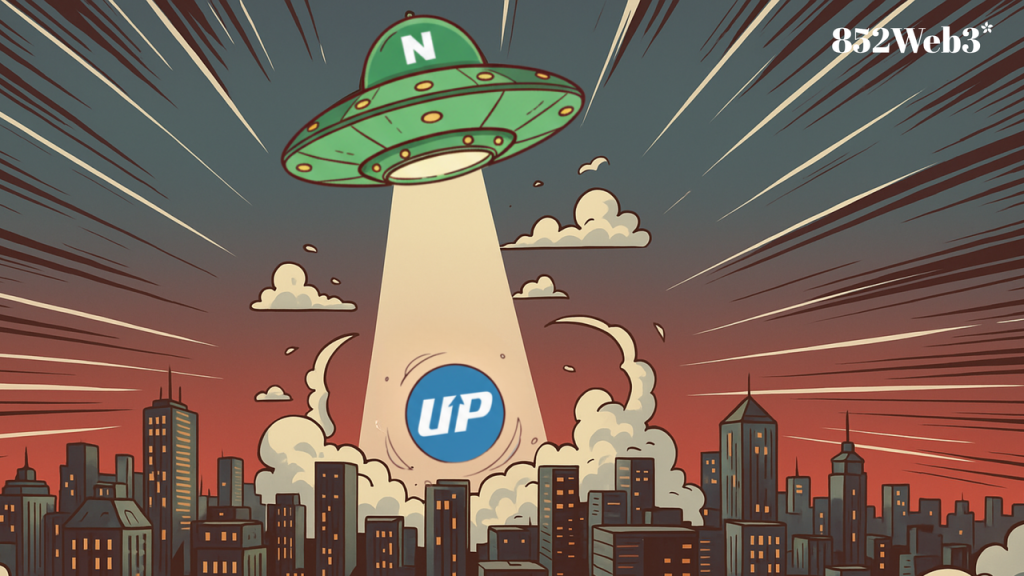If this deal goes through, Korea’s Internet giant and its biggest crypto exchange could soon be orbiting in the same ecosystem.
🔄 A Stock-Swap Deal on the Table
Naver’s financial arm is reportedly in advanced talks to bring Upbit’s parent Dunamu under its umbrella through a stock-swap transaction. While the final terms and timeline have yet to be confirmed, signs point to ongoing board-level discussions.
The market quickly began speculating: would this become the launchpad for a KRW-denominated stablecoin and a broader suite of digital financial products? Nothing has been officially announced yet, but momentum is building.
🌐 Traffic Meets Tokens
Over the past year, Naver’s blockchain ecosystem has been reshaped through its affiliate LINE. LINE’s Finschia merged with Kakao’s Klaytn in 2024 to form the Kaia mainnet. Migration of tokens is already underway, and Kaia has positioned itself as the chain that could connect payments, NFTs, DeFi, and cross-border settlement for LINE’s massive user base.
If Naver secures Upbit’s liquidity engine, it can combine exchange, payments, content, and social into a single, sticky experience—something very few platforms globally can claim.
💴 Stablecoin Rules Emerging, Giants Move First
Korea’s regulators are still drafting rules for KRW-backed stablecoins, clarifying the boundaries between banks and platforms. That window is exactly where Naver seems to be placing its bet.
A successful integration would allow stablecoins to flow naturally into retail payments, content subscriptions, and cross-border remittances—areas with immediate, high-frequency use. Investors have already reacted: Naver’s share price saw a sharp bump. Still, regulatory approval, integration costs, and how data and capital flows are handled will be decisive factors.
⚔️ Competitive Pressure Rising
Should the deal land, Naver could inject Upbit’s deep liquidity directly into Naver Pay and its content ecosystem, while linking to Kaia’s on-chain assets, NFTs, and DeFi services.
That raises the stakes for competitors:
-
Kakao has long pushed Kakaobank and the Klaytn ecosystem.
-
Toss is scaling fast as a mobile super-app in payments and retail investing.
-
Traditional brokers like NH Investment & Securities and Samsung Securities have all been expanding their digital asset exposure.
Facing Naver’s “entry point + liquidity depth” combo, rivals may have no choice but to double down on M&A, partnerships with banks, or alternative blockchain ecosystems to avoid being sidelined.
🚀 A Super-Platform Stress Test
Many see this not just as an acquisition, but as a triangular play:
-
Payments capture daily user flows.
-
Exchanges supply assets and liquidity.
-
Stablecoins knit settlement and cross-border use together.
If Kaia becomes the settlement layer, LINE’s cross-market user reach could accelerate the entire model. But until regulators sign off and integration details are disclosed, the real outcome remains uncertain.
👉 What do you think—could this deal mark the first real step toward a Web2 + Web3 super financial platform in Korea, or will regulatory and integration hurdles slow it down?


